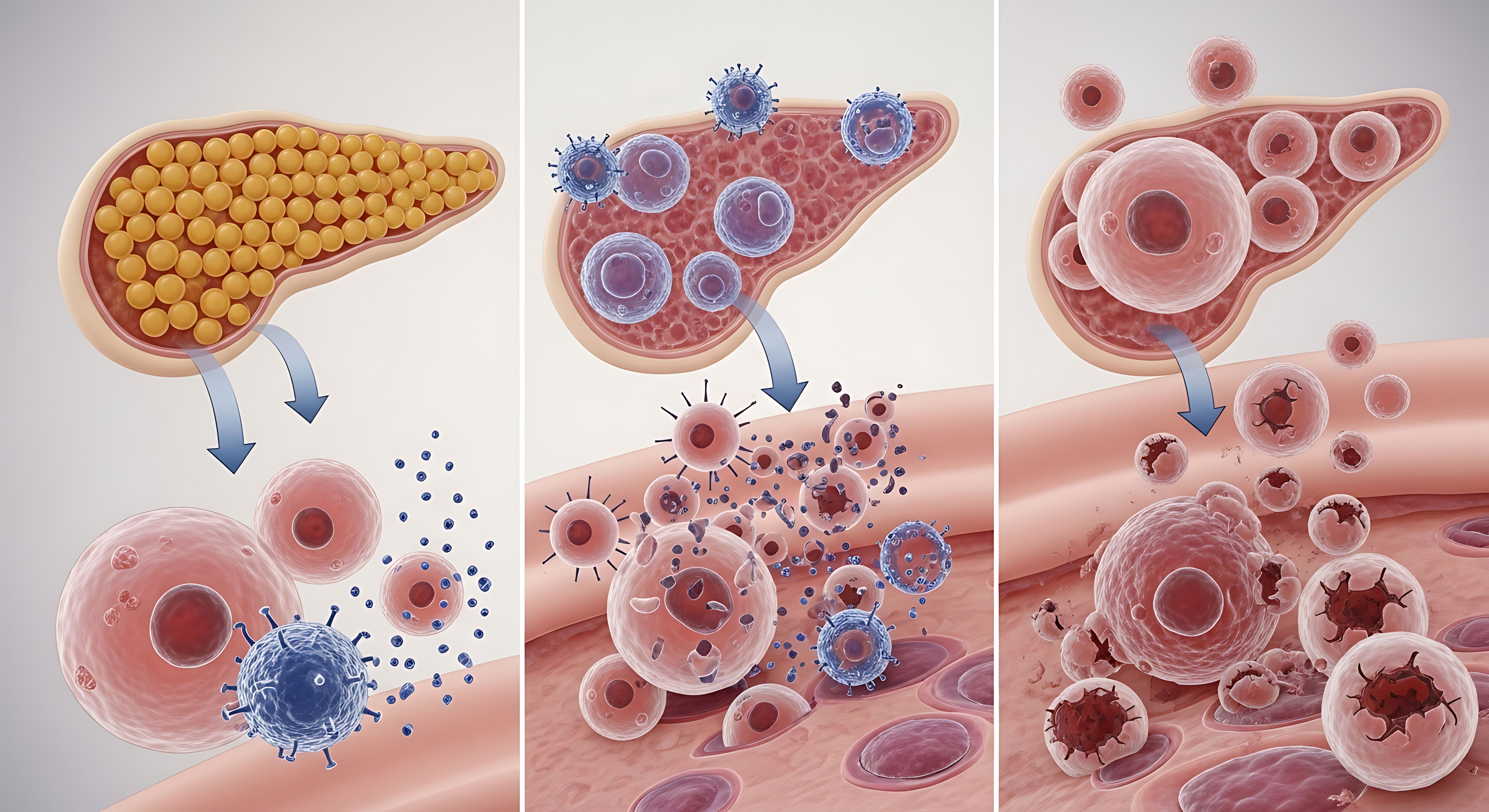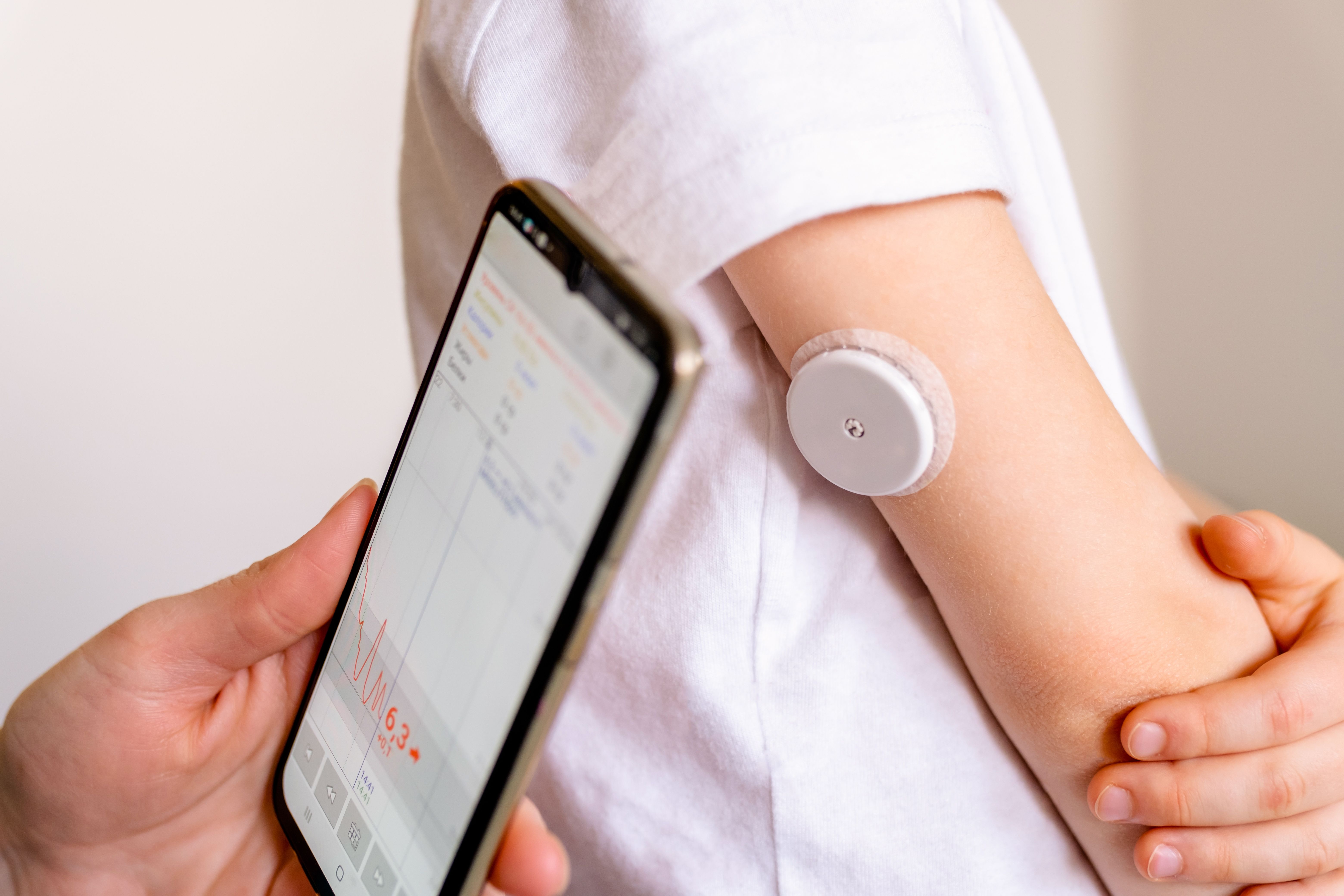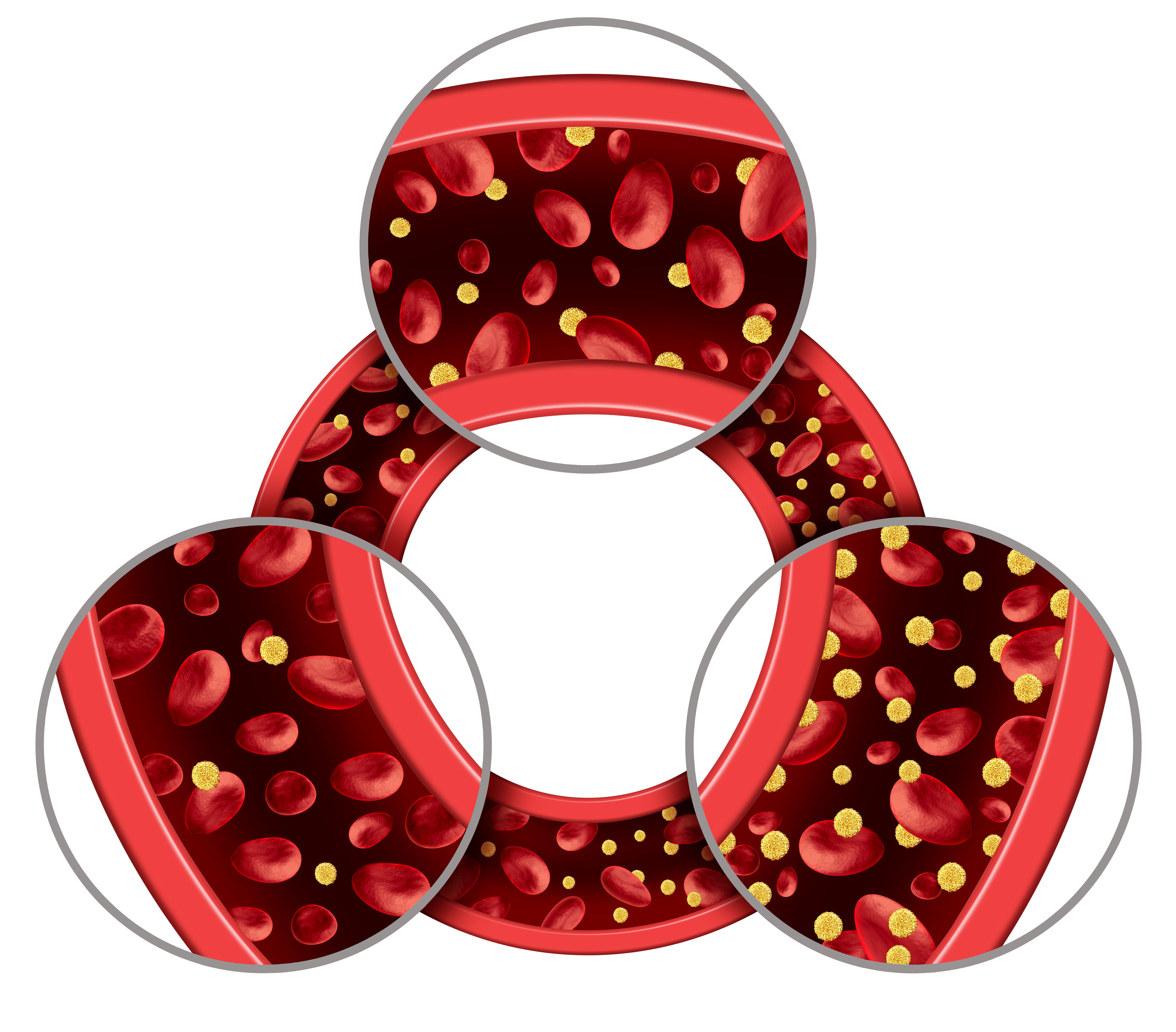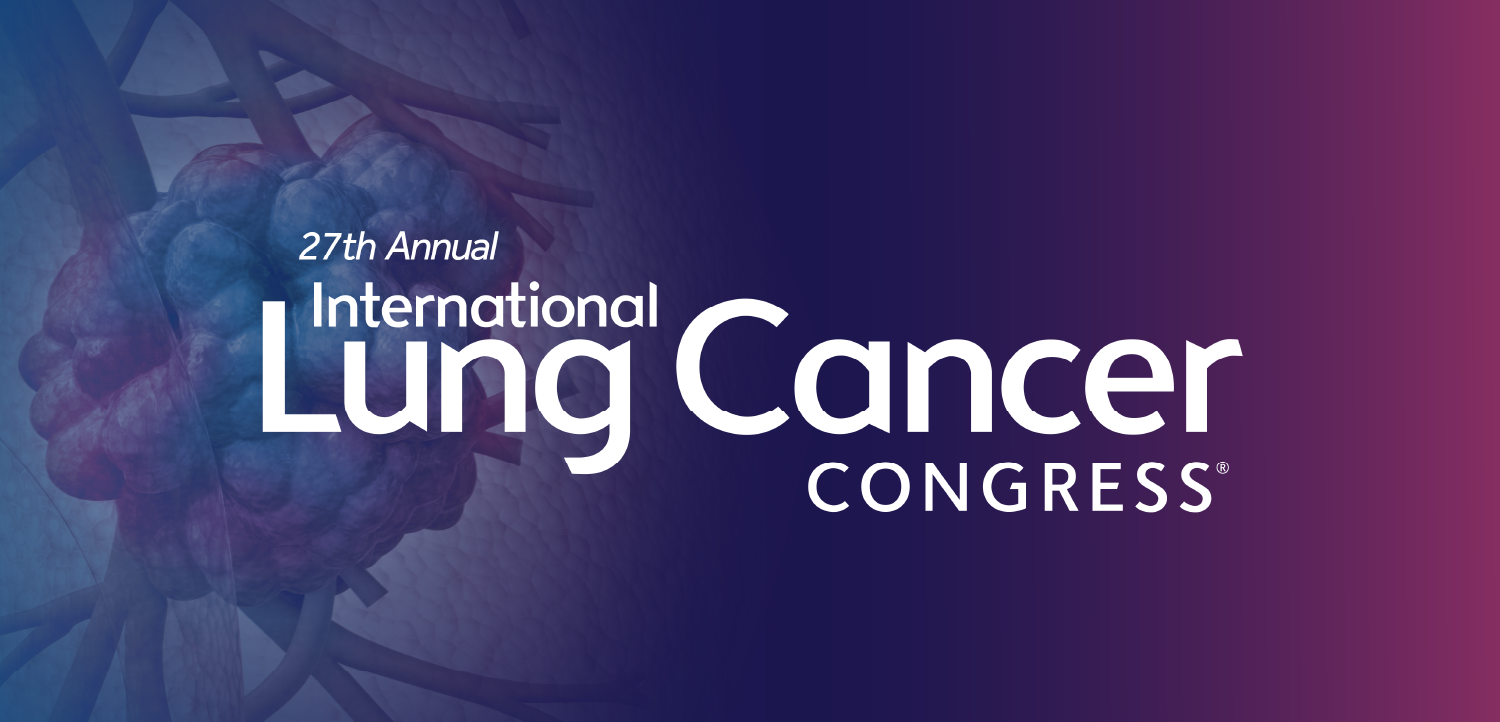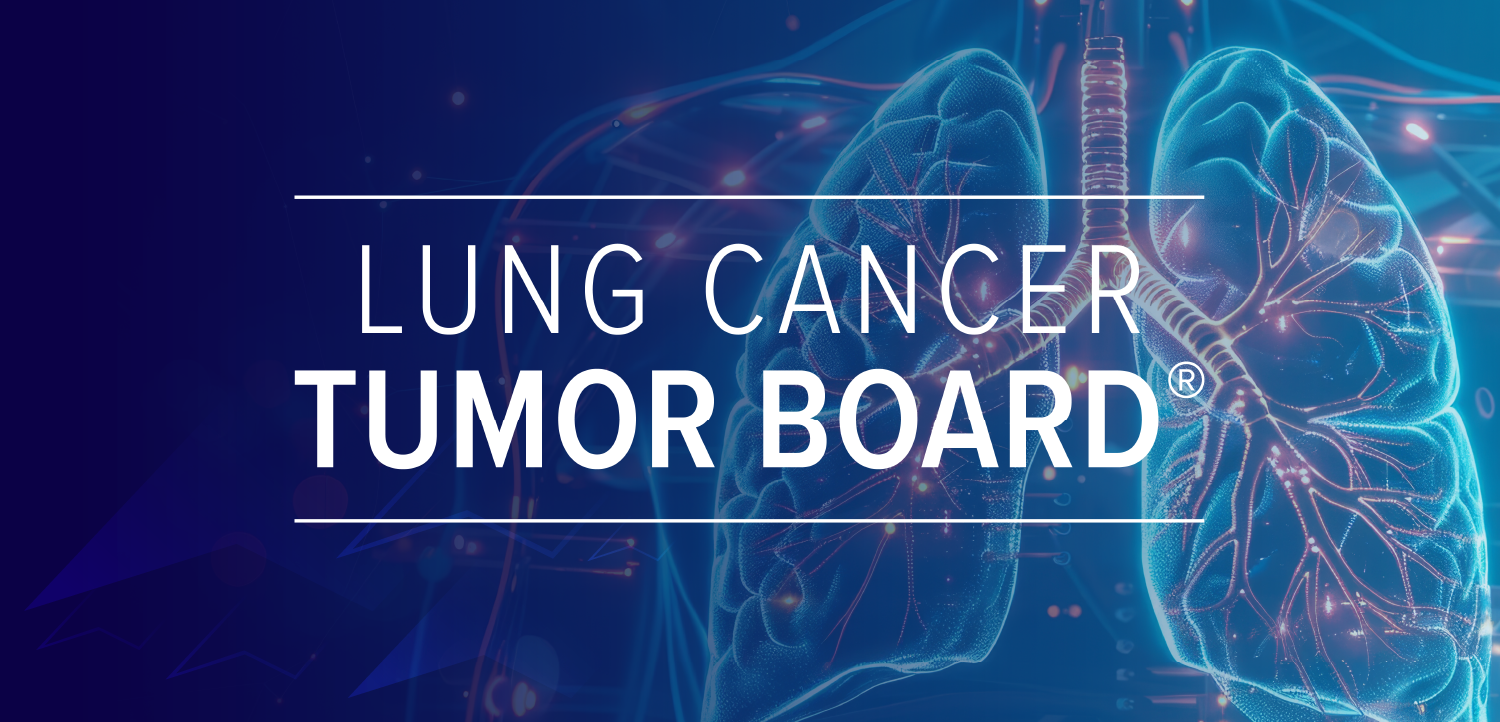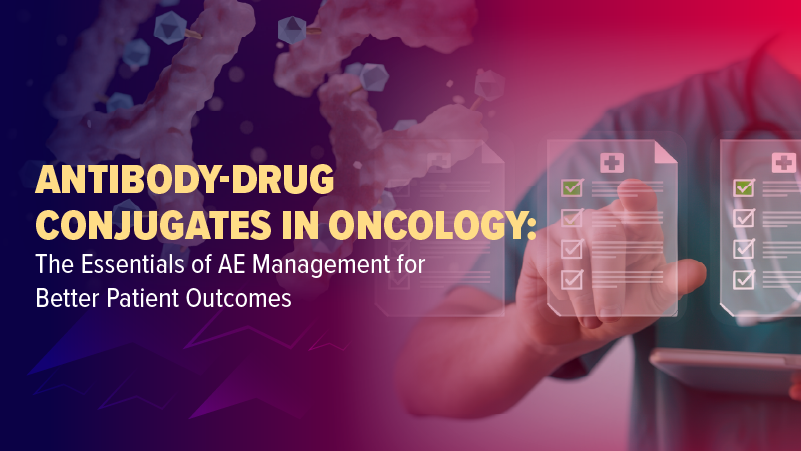
Type I Diabetes
Latest News
Latest Videos
CME Content
More News
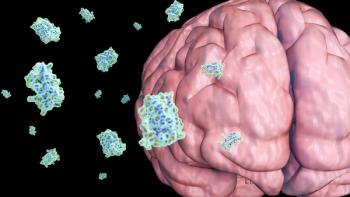
Researchers say that a deficiency in the brain of the hormone leptin is as much a part of the cascade that can lead to diabetic ketoacidosis as a lack of insulin is. This opens the potential for the development of new therapies for patients with Type 1 diabetes that target the brain.
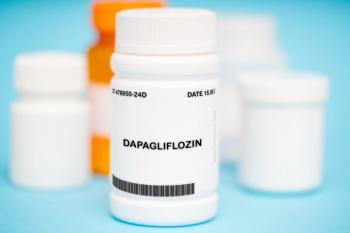
Farxiga, along with insulin and monitoring for diabetic ketoacidosis, shows promise for kidney and glucose control in youth with Type 1 diabetes.
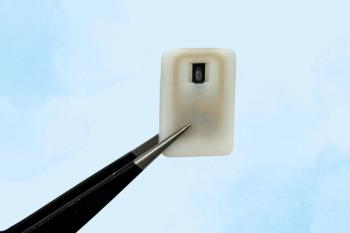
In a study in mice, a wireless implant was able to release glucagon as an emergency treatment for hypoglycemia, a serious complication of Type 1 diabetes.

Barbie wears a continuous glucose monitor and an insulin pump and has a phone displaying a CGM app.

After a one-year follow-up, 10 of 12 patients given the islet cell therapy zimislecel no longer required insulin. Vertex officials said regulatory submissions are expected in 2026
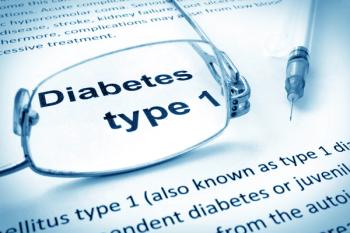

Results presented at the 85th Scientific Sessions of the American Diabetes Association in Chicago highlight the potential for AI to detect disease before signs and symptoms occur.

A cloud-based digital twin simulation, coupled with automated insulin delivery, allows patients with diabetes to experiment with their own data on glycemic control in a safe simulation environment before adjusting their system.
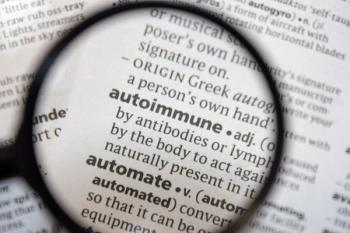
The findings of a new study lend support for type 1 diabetes autoantibody screening in people with other autoimmune conditions to prevent complications such as diabetic ketoacidosis.

The risk of major cardiac events was 50% higher in adult-onset type 1 diabetes than in population controls, and the risk of death from diabetic coma or ketoacidosis was seven times as high as those with type 2 diabetes.

Led by the University of Queensland’s research facility, Frazer Institute, the trial examining the drug ASITI-201 is the first of its kind in the world and has already dosed its first five participants.
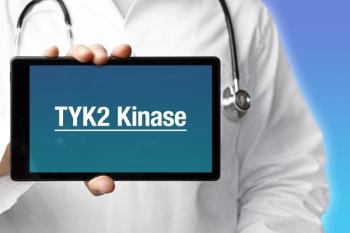
Researchers have found that Sotyktu, which inhibits the protein TYK2, protects insulin-producing beta cells and, at the same time, is able to reduce inflammation.

TIX100 is a small molecule inhibitor of TXNIP, a protein involved in cellular stress response and metabolism. This protein plays a role in the development and progression of diabetes.
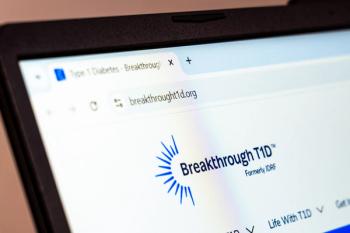
The new research center at the University of Michigan and Oregon Health & Science University intends to develop a clinical trial platform that will be used to test several heart and kidney therapies in people living with type 1 diabetes.

Zimislecel is an allogeneic stem cell-derived islet cell therapy that could eliminate the need for insulin in those who have type 1 diabetes. Regulatory submissions are expected in 2026, and if approved, would be the second cell therapy for type 1 diabetes.

During the time period 2020 to 2023, approximately 1 in 5 youth and 1 in 3 adults with type 1 diabetes and severe obesity received a prescription for GLP-1 drugs.
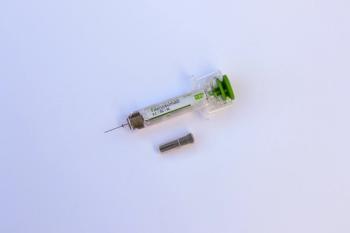
The study explores whether Prolia/Xgeva (denosumab), a widely used therapy for osteoporosis and bone tumors, can regenerate beta cells in patients with early type 1 diabetes.
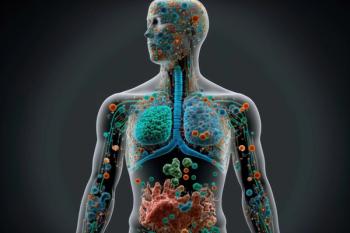
The results of a new study in mice show that early exposure to certain bacteria and fungus can give the immune system a boost and reduce the risk of type 1 diabetes.

Arti Masturzo, M.D., chief medical officer of CCS, spoke with MHE in this third part of a video series to share how CCS helps patients with type 1 diabetes effectively use glucose monitors and insulin pumps by providing clear guidance and troubleshooting support, recognizing that even minor errors in management can have significant health consequences.

In this part 2 video series, Arti Masturzo, M.D., chief medical officer of CCS, shares how coaching those with type 1 diabetes can deliver both measurable health improvements such as significant reductions in A1C levels, and enhanced patient confidence by providing hands-on education and support. Masturzo also addressed how CCS collaborates with healthcare providers and insurers to integrate care, reduce fragmentation and improve adherence to monitoring and treatment through AI-driven efforts.

Although the importance of ongoing education is known for patients, less than half of those with diabetes receive formal instruction on managing their condition.

COUR Pharmaceuticals is about begin a phase 1b/2a study to assess a therapy for type 1 diabetes that prevents islet cell destruction and triggers a T cell response.
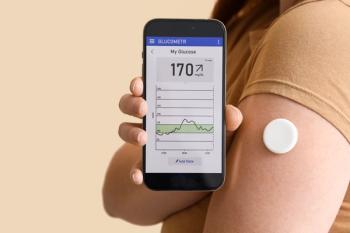
In a new study, researchers found that time-in-range for healthy blood sugar could be a viable marker of glycemic control and potentially could be used to predict complications of type 1 diabetes.

Sana Biotechnology’s hypoimmune platform enables it to make a series of genetic modifications to cells, rendering the cells invisible to a patient’s immune system.

The updated guidelines from the American Diabetes Association emphasize the use of antibody-based screening for type 1 diabetes and recommend that physicians discuss potential use of Tzield, a monoclonal antibody approved to delay the onset of the symptoms of the disease.



